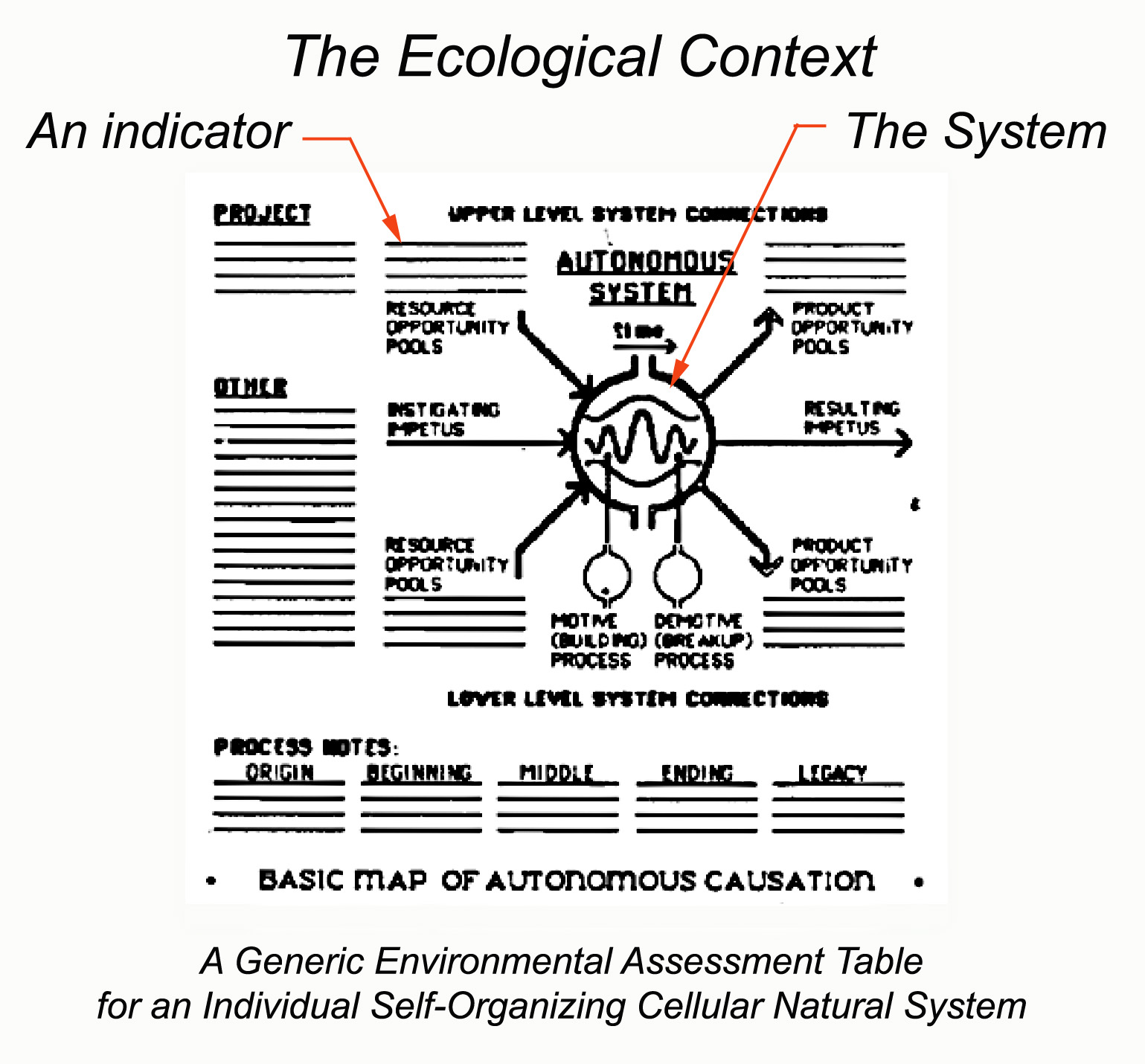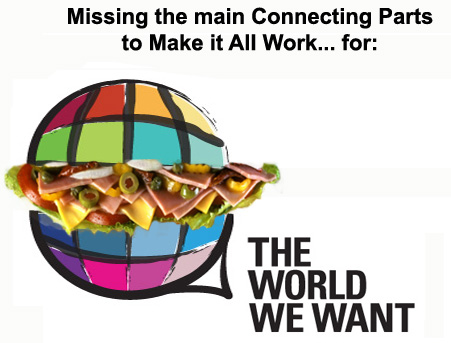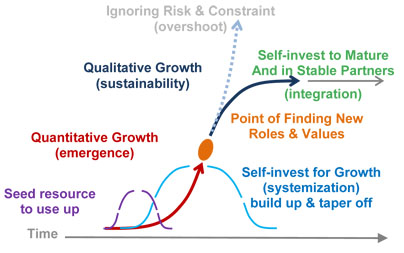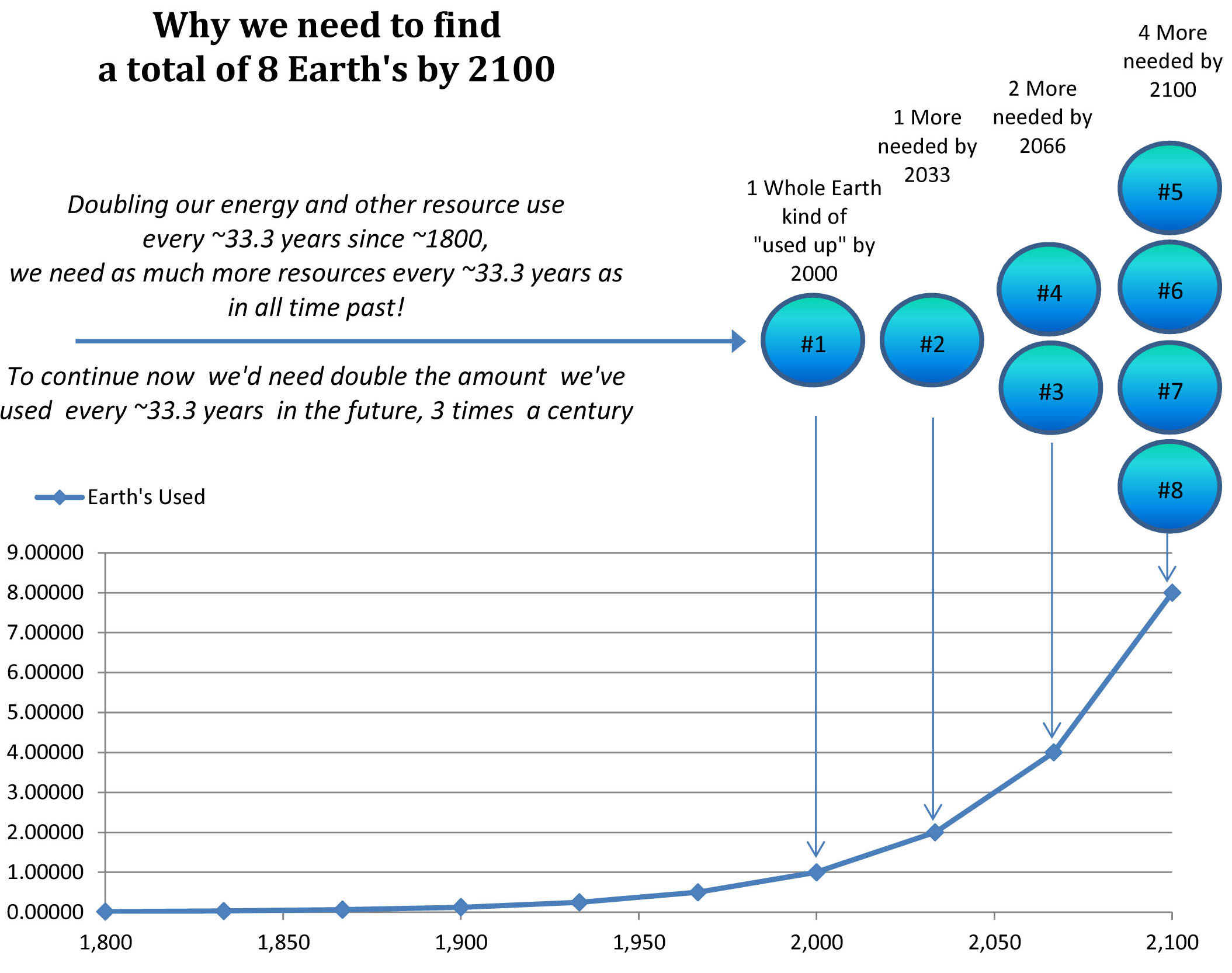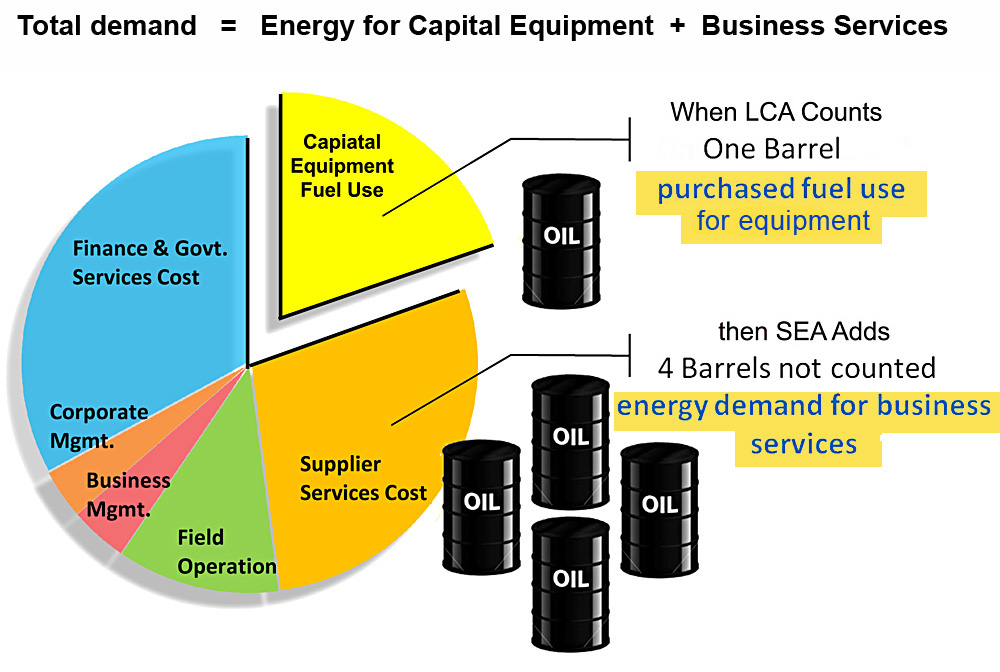This is a post for the UN’s Open Working Group on Sustainable Development Goals “Informal meeting on measuring progress” on the new science needed for achieving the SDG’s, “getting the incentives right” as many observers have noted as essential. In part, it requires “New Units of Measure” because there is “Something Very Wrong with our way of measuring impacts”
____________
The Need to redefine our Units for Measure and how to begin
Getting the incentives right:
To be effective in getting the results we want, we need to get the incentives right, a matter of understanding both how people make decisions and how the economic system works and would respond. That involves knowing how to measure what decision makers want to know about. For investment decisions, for changing how we use the earth one thing they’d want to know is their possible future liabilities for making the wrong decisions. That illusive goal is now much closer to being solved, with this major improvement in the measure of the impacts of businesses. The traditional way to measure impacts was to count up what you could trace, and this study showed that what we can trace is most often only a small part, basically because what was being left out was the impacts on the environment caused by the resource demands resulting from the revenue businesses generate as their main purpose, having to date only been counting the impacts of intended operations. This discusses a comprehensive approach to quantifying them. JLH
Statement to OWG 6:
Prepared statement For 9:00 AM Major Group Meeting of 12/12/13 on Means of implementation (science and technology, knowledge-sharing and capacity building) — “The mismatch between measured impacts and responsibilities”. Also delivered from the floor at OWG-6.1 the Informal Meeting on Measuring Progress” on Tuesday 12/17/13
Statement: Because sustainability metrics for businesses are just for the impacts of business operating technology, the environmental impacts of the people who operate the business, their employees and those of all the kinds of service providers businesses use to operate, don’t get counted. Businesses and economists, thinking of money systems not environmental ones, may not see a reason to treat businesses as physical systems and count all their impacts, but you know for sure nature does. So it’s very common for businesses and consumers to actually be directly responsible for much larger scale environmental impacts than they are told. Of course the reason we’re measuring impact is for steering a redesign of our economy for the future of the earth, and it would actually be better to get it right. Using metrics very often in error by 80% or more is really unacceptable as it voids the purpose of measurement in general, but you talk to people and they don’t want to change, sometimes mentioning the inconvenience. Don’t you think we’d do better to think of the “inconvenience” to the investors who have been trusting us, who we are presently giving false guidance to for what to invest in? Continue reading Getting the incentives right requires redefining the units of measure

